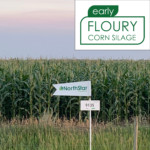 913S – 75 Day RR2
913S – 75 Day RR2
 924S – 83 Day RR2
924S – 83 Day RR2
 928S – 86 Day RR2
928S – 86 Day RR2
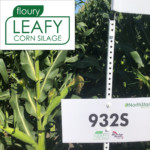 932S – 89 Day RR2
932S – 89 Day RR2
 951S – 90 Day RR2
951S – 90 Day RR2
 961S – 95 Day RR2
961S – 95 Day RR2
NorthStar Genetics Floury Leafy Corn Hybrids are Bred for your Cows not your Combine and offer many unique advantages for livestock producers.
We are proud to offer you the following silage and grazing-specific hybrids that are Bred for Your Cows
and not your combine:

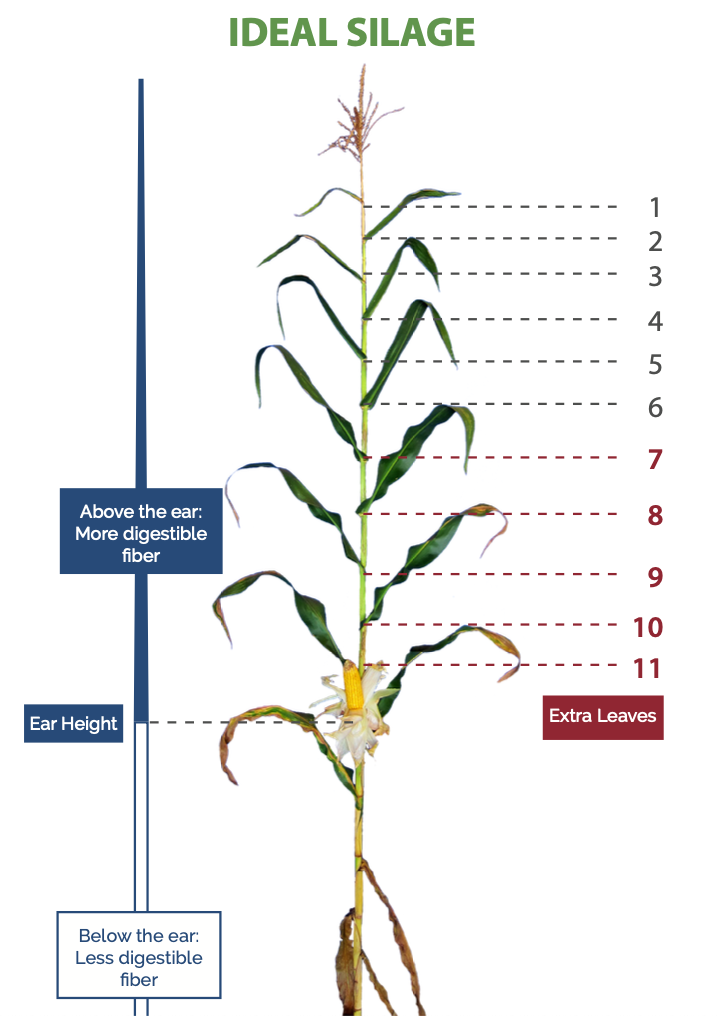
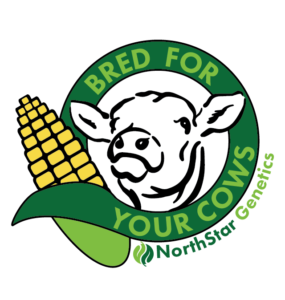
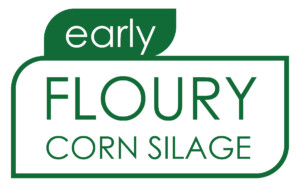 913S is an early maturing silage-specific corn type that produces an ear with highly digestible starch and improved fibre digestibility. It produces flex ears that are composed of large, slow drying kernels with a high proportion of floury starch for a boost in starch digestibility. 913S has been bred for total plant silage performance and never for grain characteristics.
913S is an early maturing silage-specific corn type that produces an ear with highly digestible starch and improved fibre digestibility. It produces flex ears that are composed of large, slow drying kernels with a high proportion of floury starch for a boost in starch digestibility. 913S has been bred for total plant silage performance and never for grain characteristics.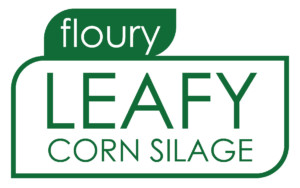 Floury Leafy Corn Silage Hybrids 924S, 932S, 951S and 961S are bred to produce big yields of digestible fibre and floury starch. They are big, robust, distinctive plants. The Leafy gene allows them to produce 8 to 13 leaves above the ear. Their flex ears are composed of large, slow drying kernels with a high proportion of floury starch for a boost in starch digestibility.
Floury Leafy Corn Silage Hybrids 924S, 932S, 951S and 961S are bred to produce big yields of digestible fibre and floury starch. They are big, robust, distinctive plants. The Leafy gene allows them to produce 8 to 13 leaves above the ear. Their flex ears are composed of large, slow drying kernels with a high proportion of floury starch for a boost in starch digestibility.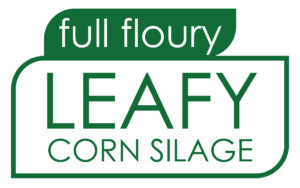 928S has all the benefits of a Floury Leafy with the addition of more digestible starch. In your field, 928S will produce ears with 100% floury kernels for maximum starch digestibility.
928S has all the benefits of a Floury Leafy with the addition of more digestible starch. In your field, 928S will produce ears with 100% floury kernels for maximum starch digestibility.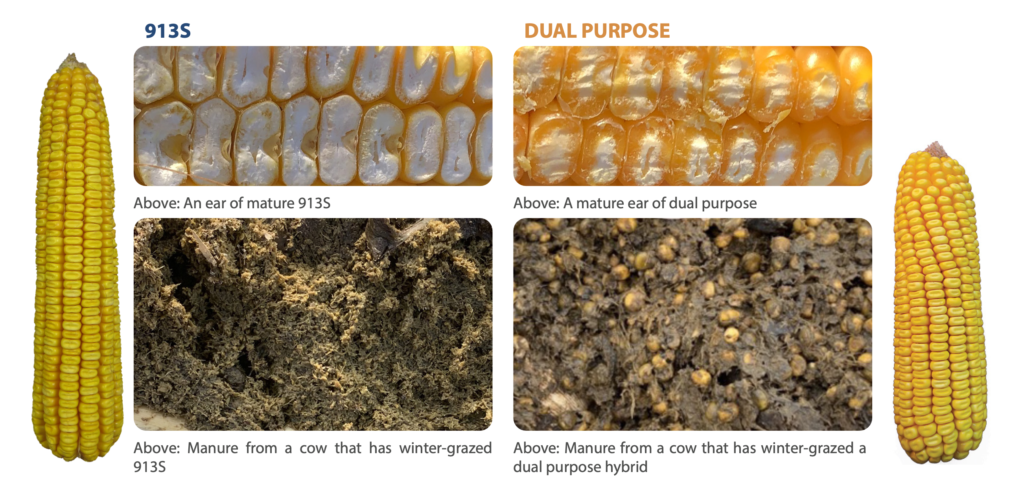
Small Particle Size – Floury kernels fracture easily into small particles during silage chopping, allowing for a longer chop length (3⁄4”recommended) and a short minimum storage period of 30 days. After chewing, the starch is readily available to the animal.
High Energy Starch – The small starch particles offer more surface area to rumen bugs for a boost in digestibility.
Long Rumen Retention – Floury starch particles may be more buoyant in the rumen and float to stay in the rumen mat for an extended digestion period.
Ration-Type Adaptability – Our Floury Hybrids are versatile. They can be balanced into various ration types to meet the nutritional needs of any cow group.
High Quality Milk – Floury Hybrids have an increased potential to produce milk with high fat content. They do not require heavy kernel processing during harvest to reduce starch particle size, so fiber particles can remain large enough to act as effective fiber. This promotes normal rumination and saliva production, which plays an important role in protection from acidosis and increases milk fat content.
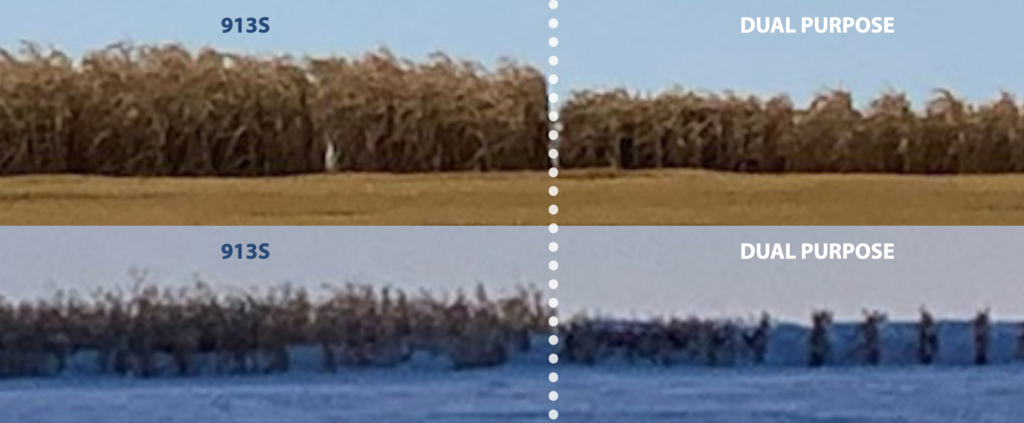
Staygreen trait stays moist in 60-70% for longer.
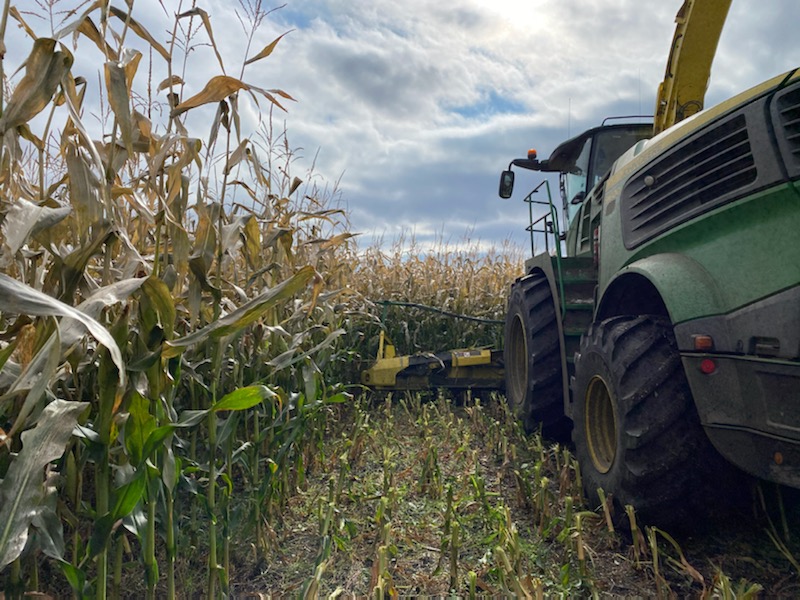
Logan Kristjanson has been grazing dual purpose grain corn for years on his 220 Cow/Calf operation near Foam Lake, SK. Although his crops were tall and gave him 200- 225 cattle grazing days per acre, he was frustrated by the lack of leaves in the winter and the quantity of kernels in the manure. The stalk residue that was left in the field would require two or three operations in the spring to prepare the land for planting.
In 2022, Logan trialed 913S with good results. He converted his whole farm to 913S for the 2023 season, and sure was glad he made the switch:
“Although there wasn’t that much difference in plant height, you can’t even start to compare the difference in all aspects between 913S and the competitor.”
After a few days of adjusting to grazing corn, Logan noticed no kernels in his herd’s manure. The stalks were so palatable and digestible that “the cows mowed the crop right to the ground”. And 913S kept its leaves. That season, his cattle grazing days went through the roof with 350 cattle days per acre, significantly more than he had ever experienced. He had so much feed left over that he bailed 30% of his acres!
“913S is unmatched for ease and convenience because of its excellent cleanup. Come spring, there was very little stalk residue. I was able to do a quick harrow, put in some NH3 and plant right into the corn stubble. I’ve got my whole farm in 913S again this year.”

Nutritionists across the Prairies are becoming more familiar with NorthStar Genetics’ Floury Corn Hybrids and the impact they have on dairy rations.
Adam Magarell of Nutrisource in Lethbridge, AB, has a lot of dairy clients using NorthStar Genetics’ Floury Corn.
“The main benefit we observe is the consistency of the floury starch throughout the silage. There is less sorting by the cows and much better utilization of the starch by the cow. Most lab tests typically underestimate the starch content in a floury hybrid sample by 3-4%, however, the cows tell us that they are getting much better starch utilization. The consistency in the products, the milk and the butterfat are very good on a floury diet and the cows are very healthy.”
“The second benefit is a direct result of the longer chopping window of NorthStar Genetics’ Corn Hybrids. A cow can produce up to 10 lbs or 4.5 litres more milk from silage chopped at 65% moisture compared to 55% moisture. That’s a big difference! Dual purpose grain hybrids are designed to dry down fast, and unfortunately, events such as a custom chopper not being able to get to the field in time, a mechanical breakdown, wet field conditions or a frost, can all cause the corn to pass through the ideal chopping window. It is great to have hybrids like 913S and 932S at our disposal that consistently stay in the 60-70% moisture range FOR LONGER.”
Matt Walpole is a Nutritionist and a Senior Consultant with DairySmart and BeefSmart. While he resides in southern Ontario, he consults with dairy and beef operations across Canada. Matt is thrilled that his clients are growing and feeding more NorthStar Genetics Floury hybrids to their herds.
“The total tract starch digestibility of NorthStar Floury hybrids is significantly higher than grain hybrids. This results in higher milk yields and improved calf weight gain. A big advantage is that the soft floury starch can be fed earlier in the fall than traditional grain hybrids. When one of my clients is teetering on whether to try one of these flouries, I tell them to plant at least one third of their acres to it. Then feed it from November to April, in the period before their grain hybrids are ready to be fed. Then they see the difference.”
Matt sees the potential for floury hybrids to have other uses.
Optimal Dairy was one of his first clients to try cob meal in Western Canada, but he has lots of clients that do it in Eastern Canada with great success.
“The NorthStar Genetics floury hybrids grow well and feed well – that’s exciting.
“We silaged our 20 acres of 913s on a separate pile for 2 weeks (last week of October and first week of November).
We took our regular corn silage out and switched to 913S. No other changes and cows went up 20 kg butterfat per pickup (642kg) and dropped back of to their normal level (622kg) after we switched back to regular silage. Silage test results where roughly the same for both silage types
20 kg butterfat increase every other day is around $200-$250 extra profit. On roughly 5 ton silage per day $100 extra profit over 5 ton is $20 per ton silage extra return over regular silage so we seeded 120 acres this year.”
Dairy Farmer in Alberta
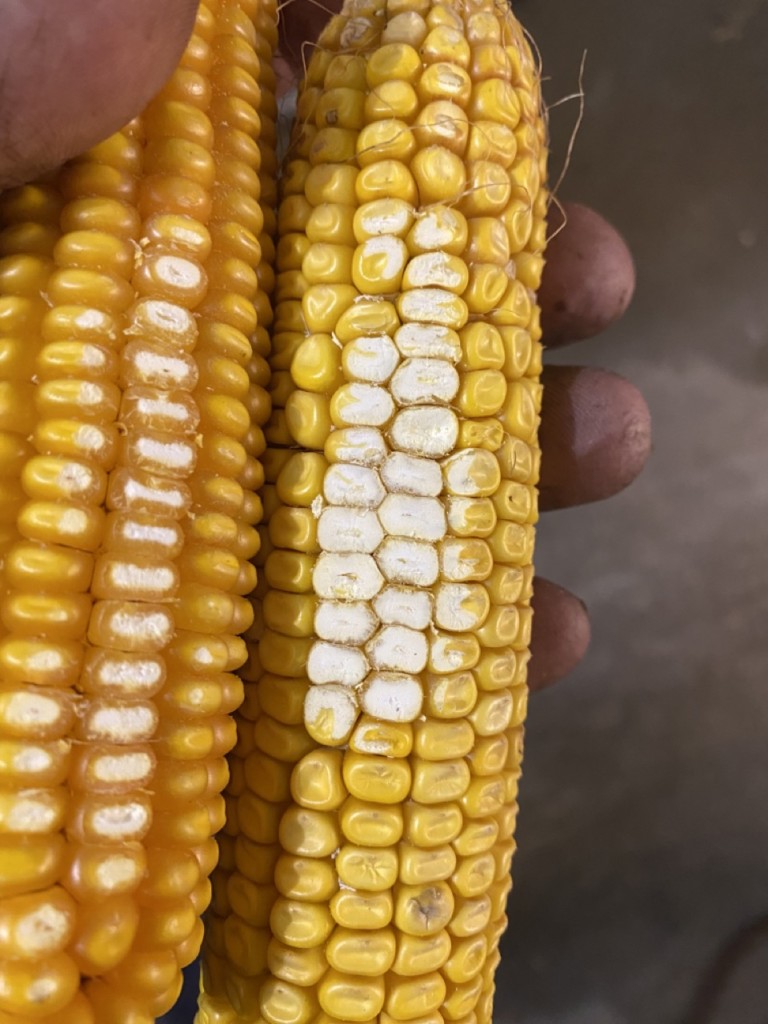
Grazing Spotlight